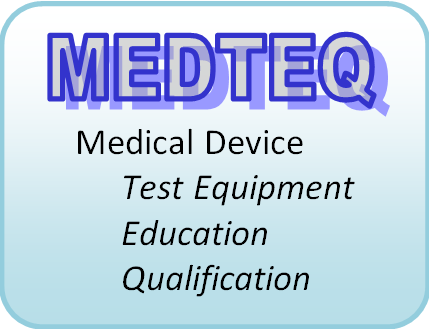This clause is intended to allow manufacturers to use alternate methods other than those stated in the standard.
In Edition 3.0 of IEC 60601-1, Clause 4.5 was titled "Equivalent Safety" and the criteria stated as "the alternative means [having] equal to or less than the RESIDUAL RISKS that result from applying the requirements of this standard".
In Edition 3.1 the title was changed to "Alternative ... measures or test methods" and the criteria to a "... measure or test method [that] remains acceptable and is comparable to the RESIDUAL RISK that results from applying the requirements of this standard."
The change was most likely required as standards often use worst case assumptions in order to cover a broad range of situations. The result is that for an individual medical device, the requirement is really massive overkill for the risk. The original version required the alternate solution to reach for the same level of overkill, which made little sense.
In practice, this works if both the standard solution and the alternate solution have negligible risk. In the real world, risk profiles often have a region of significant risk which then transitions to a region of negligible risk. For example, a metal wire might be required to support 10kg weight. If we consider using wire with 10-30kg capacity there is still some measurable probability of mechanical failure. But if we step out a bit further we find that the probability numbers become so small that it really does not matter whether you use 50kg or 200kg wire. Theoretically, a 200kg rating is safer than 50kg, but either solution can be considered as having negligible risk.
In that context, the standard works well.
But there are two more difficult scenarios to consider.
The first is that due to technology, competition, commercial issues or whatever, the manufacturer does not want to meet a particular requirement in a standard. The alternate solution has some non-negligible risk which is higher than the solution in the standard, but deemed acceptable according to their risk management scheme.
Clearly, Clause 4.5 is not intended for this case. Instead, manufacturers should declare that they don't meet the particular requirement (either "Fail" or "N/E" in a test report) and then deal with the issue as is allowed in modern medical device regulation. It is often said that in Europe standards are not mandatory - which is true but there is a catch, you need to document your alternate solution against the relevant essential requirement. The FDA has similar allowance, as has most countries.
Obviously, manufacturers will push to use 4.5 even when significant risk remains, to make a clean report and avoid the need to highlight an issue to regulators. In such a case, test labs should take care to inspect if the alternate solution really has negligible risk, or just acceptable risk.
The second scenario is when the standard has an error, unreasonable requirement or there is a widespread interpretation such as allowing UL flammability ratings in place of IEC ratings. For completeness it can be convenient to reach for Clause 4.5 as a way to formally fix these issues in the standard. In practice though it can crowd the clause as standards have a lot of issues that need to be quietly fixed by test labs. It is probably best to use a degree of common sense rather than documenting every case.
Finally it should be noted that it is not just a matter of arguing that a requirement in the standard is unreasonable for a particular medical device. Manufacturers should also consider the alternate solution - for example a manufacturer might argue that IPX2 test in IEC 60601-1-11 for home use equipment is overkill. Even if this is reasonable, it does not mean the manufacturer can ignore the issue altogether. It should be replaced by another test which does reflect the expected environment of use, such as 30s rain test at 1mm/min.
